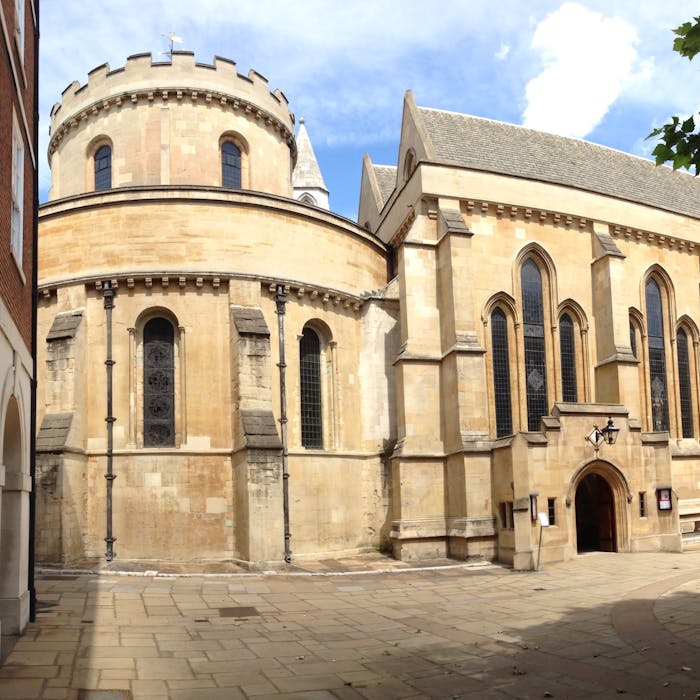
London's Temple Church - once home to a secret society
Dating from 1185, the Temple Church in central London was once the English headquarters of the legendary Knights Templar, and the site of their mysterious initiation ceremonies. Since the downfall of the Templars in 1307, it has been regarded as the church of the legal profession, whose offices are concentrated in the surrounding area.
The Knights Templar were a European order of military monks, originating as protectors of Christian pilgrims to Jerusalem.
Situated just behind Fleet Street, the Temple Church was consecrated on 10th February 1185 by Heraclius, Latin Patriarch of Jerusalem. It is believed that King Henry II (1154–1189) was present at the consecration.
Among other purposes, the church was originally used for Templar initiation ceremonies. In England the ceremony involved new recruits entering the Temple via the western door at dawn. They then took monastic vows of piety, chastity, poverty and obedience, though the details of the initiation ceremonies were always a closely guarded secret.
During the reign of King John (1199–1216) the church served as the royal treasury, supported by the role of the Knights Templar as early international bankers.
The growing power of the Knights Templar and the fact that they loaned money to European monarchs led to the movement's destruction in 1307 upon the orders of the French King. The secrecy surrounding the Templars, and their various ceremonies, made it easy to denounce them for idolatry.
After the fall of the Templars, the church was leased to two colleges of lawyers - the beginning of its present-day association with the legal profession, whose national home is the area around the church, known as Temple.
Shakespeare was familiar with the site, and the church and its garden feature in his play Henry VI, part 1 as the setting for the fictional scene of the plucking of two roses of York and Lancaster and the start of the Wars of the Roses. In 2002 this event was commemorated with the planting of new white and red roses in the modern gardens.
The church escaped the Fire of London in 1666, but was set on fire by a German bomb during WWII, and had to be extensively repaired.
The church is well-regarded for its choir and organ recitals.
Further reading
Links to external websites are not maintained by Bite Sized Britain. They are provided to give users access to additional information. Bite Sized Britain is not responsible for the content of these external websites.
